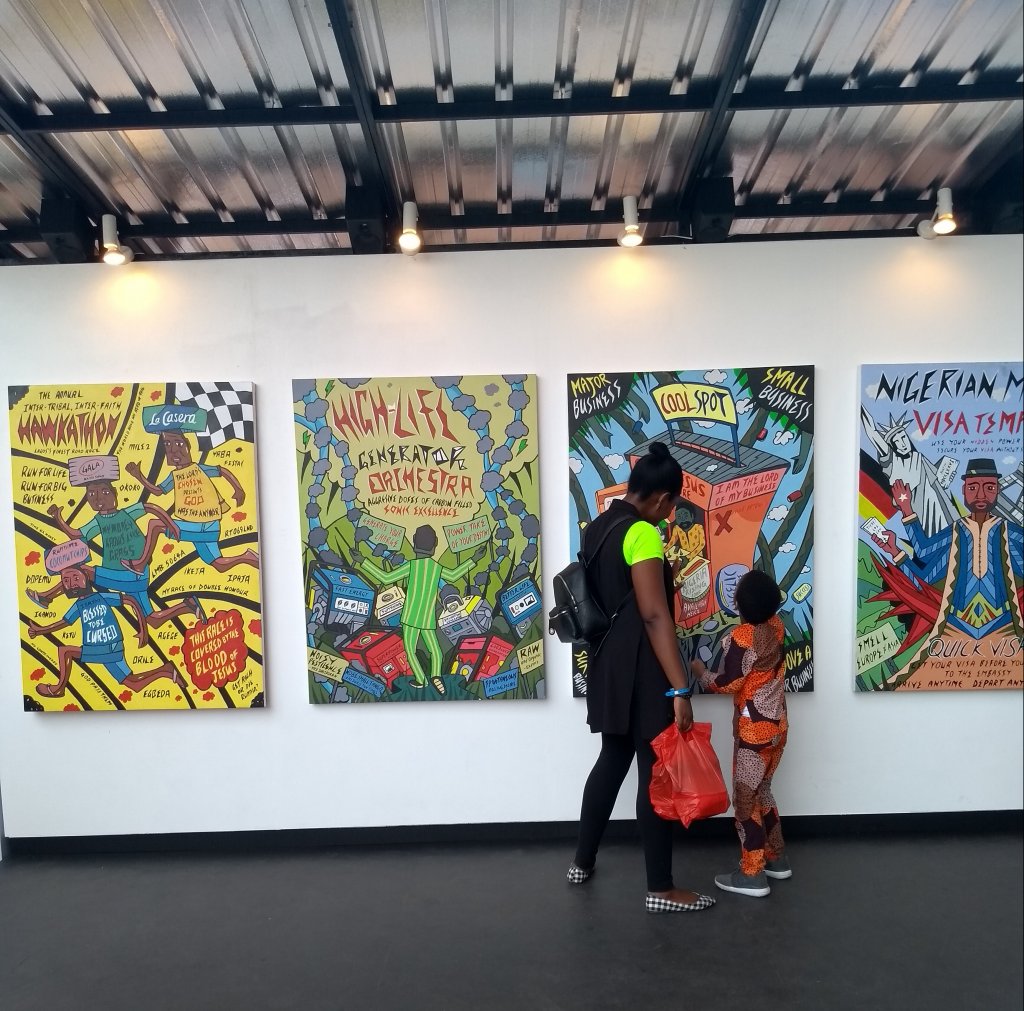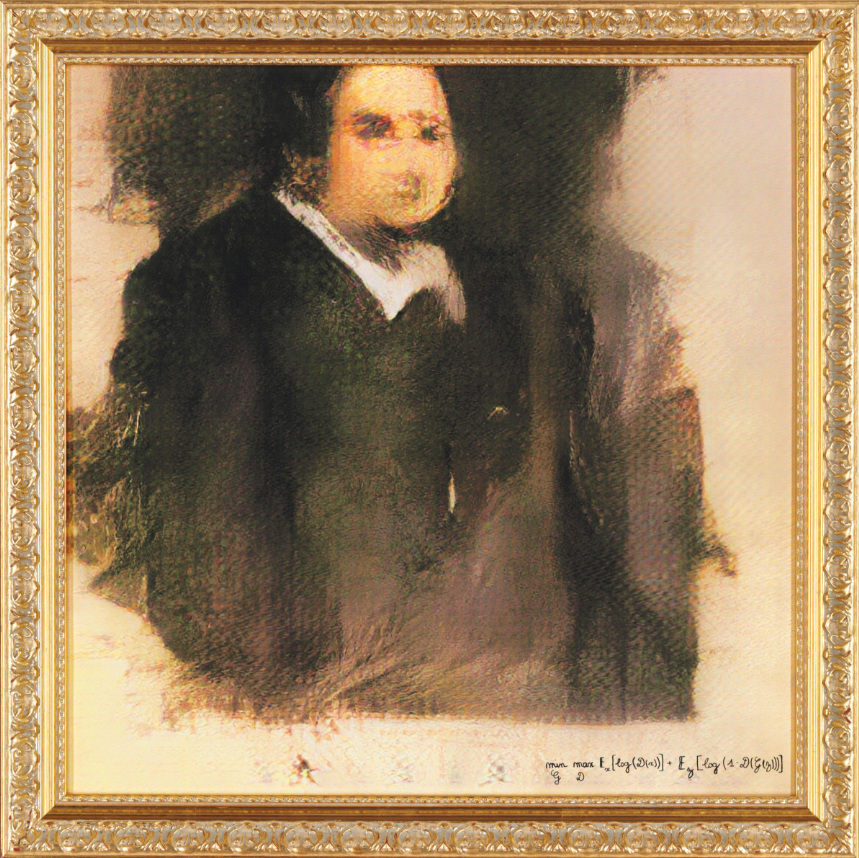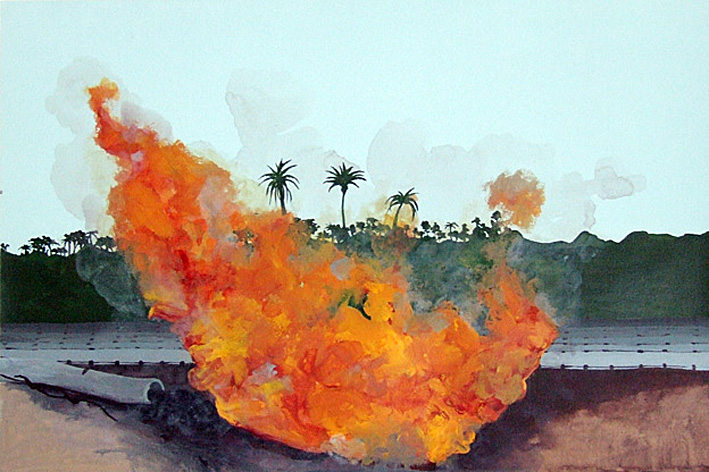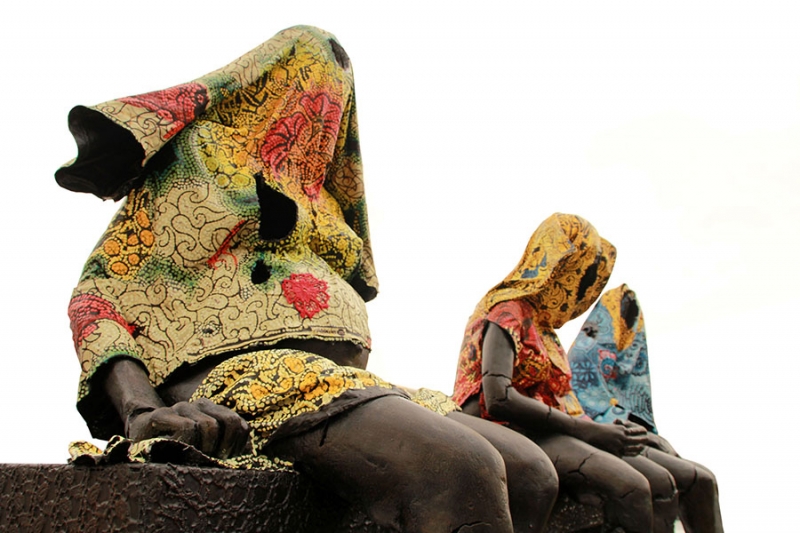You’re standing there, struggling to explain why this particular piece has you so fascinated.
“It’s so unnerving. It’s like the artist had a dream and took a photograph of it. I know it’s supposed to be digital art, but this looks like surrealism and digital art had a baby.”
Your partner nods, “Yes, massurrealism is the in thing this days. You should also see some of her thinkism art pieces.”
You tilt your head, brow furrowed in confusion. Massurrealism? This new-fangled form of Surrealism already has a name? And what the heck is Thinkism?
The art world is constantly evolving, with new styles and buzz words coming up every day.
Fascinating though this evolution is, it is hard to keep up with these new trends and art styles.
But you want to keep up.
You don’t want to stumble through art gatherings, overwhelmed by the sheer volume of unfamiliar terms and phrases being bandied around. And thankfully, you don’t have to.
We have compiled a collection of new art styles for you, along with the names of some Nigerian artists who practice these styles.
It’s a veritable treasure trove of knowledge that’ll come in handy, whether as a practitioner, student or enthusiast of art.
Interactive Installation Art

Interactive Installation Art (or Interactive Art Installation) is an immersive form of Installation Art which responds to you, the viewer’s, activity.
Interactive Installation Art differs from Installation Art in that while Installation Art is three-dimensional (usually site-specific) art that is designed to transform the perception of a space, Interactive Installation Art enables the viewer to participate in this three-dimensional art by providing an input to determine an outcome.
There are several kinds of Interactive Installation Art that artists produce, these include web-based installations, gallery-based installations, digital-based installations, electronic-based installations, mobile-based installations and immersive virtual reality installations.
Some Interactive Installation Art pieces by Nigerians are Karo Akpokiere’s digital-based interactive installation ‘Lagos Drawings’ and Bolatito Aderemi-Ibitola’s Scraps from Mama’s Floor.
AI Art

AI art resembles human-created artwork, but it is created by computers, using algorithms.
Sound amazing? There’s more.
These computer-created artworks are being sold, and for more money than you would expect.
An AI created artwork, curated by an art-collective called Obvious and named the “Portrait of Edmond de Belamy”, was sold for the sum of $432,500 at an auction at Christie’s, more than 40 times the estimated price.
This portrait was created by the most popular ‘Artificial Artist’ on the internet, an AI program known as the GAN, the (Generative Adversarial Network).
Before GAN’s popularity however, there was DeepDream, Google’s pattern finding software which enhances patterns in images via algorithmic pareidolia. But then came the GAN and its much lauded portrait and DeepDream became old news.
So how does the GAN work?
The GAN is made up of two competing networks called the “Generator” and the “Discriminator”, which are trained on huge data sets of human-created art.
The first part of the network (the “Generator”) tries to replicate this data, while the second part (the “Discriminator”) attempts to distinguish between this output and the real thing. The aim is for the “Generator” to fool the “Discriminator” into thinking its image is genuine and not synthetic.
The work of organizations like Obvious has even coined a name for this new genre, “Gan-ism”. Gan-ism is characterized by diffuse boundaries between objects, blurry lines and off-center object placement.
Should artists panic?
Not yet. AI art still requires a significant amount of human input, such as the huge amounts of data fed to the GAN to enable it recognize elements of human-created art and then try to create its own. All AI art created to date was created under the direction of a human agent. For now, AI is just a tool that artists can use in creating a new form of art- blurry, unsettling art.
Thinkism

The Thinkism art movement was launched in 2001 by David Kam, in response to the events of September 11, 2001 which sparked questions about the impact of man-made forces on our environment.
Thinkism advocates believe that art can be meaningful beyond words, beyond culture, and language. They believe that art can go beyond enriching the mind and the soul to becoming a vehicle for positive social change.
Thinkism is fused with and has birthed many other disciplines; different social issues, philosophical issues, political issues, environmental issues, psychological issues and religious issues. Eco-Art has roots in (and is promoted) by Thinkism advocates.
A Nigerian artist who creates Thinkism art is Otobong Nkanga, whose ‘Delta Stories’ depict the ecological, political and social shift that the Niger-Delta region has undergone, and the resulting conflicts, violence and ecological damage.
Ecological art (“Eco Art”)
Eco artists are concerned about the environment. They create art that improves an area environmentally or that highlights a specific environmental issue.
Eco Art has roots in environmental art and Thinkism, but it is distinguished from the more general environmental art by its focus on systems and interrelationships within the environment.
There are numerous approaches to Eco art such as artworks that address environmental issues through images and objects, and remediation projects that restore polluted environments.
Eco artists also make art- sculptures, artwork, jewelry, paintings- from waste materials. This is called ‘upcycling’.
Some Nigerian eco artists and upcyclers are Dotun Popoola who creates luxury sculpture pieces from scrap metal, Olamide Babajide who creates furniture pieces, and home decorations from solid waste products and Nnenna Okore who uses discarded objects and flotsam to create intricate sculpture and installations.
Massurrealism
Massurrealism is an art genre that combines the aesthetic styles of “surrealism” and “mass media”, the latter consisting of technology and pop art.
It emphasizes the effect of technology and mass media on contemporary surrealist imagery.
James Seehafer who is credited with coining the term in 1992, said he did so because there was no other way to describe his work, which combined elements of surrealism and mass media,—”a form of technology art.”
It is difficult to explain the visual style of massurrealism, as the visual expressions are in continuous progress, but one general characteristic is the use of modern technology to manipulate real images and sounds to create convincing images that provide a truer form of the surreal in juxtaposition to personal reality.
The goal of massurrealism is to engage the public and offer people a chance to explore their own subconscious and relate it to what they experience in everyday life.
Niyi Okeowo’s digital manipulations in Hello, Mr. Colour blends elements of surrealism and technology to create massurealist (and somewhat afrofuturistic) art. Also see Odion Tobi’s massurealist works here.
Feminist Art

The feminist art movement was developed in the mid-1960s, with the aim of addressing the problems that women face in the society and helping women artists reach a state of equilibrium with their male counterparts.
Feminist artists believed that art could be more than an object for aesthetic admiration. They believed that art could be used to incite the viewer to question the social and political landscape, and through this questioning, possibly affect the world and bring change toward equality. Their work paved the path for Activist art as we know it (see Thinkism).
Can art that is not made by a feminist be feminist art?
This is similar to asking if Afrofuturist art can be created by a non-Black person, and in both cases, my answer is yes.
Like many other art styles, feminist art is defined by the contents of the art and not the identity of its creator. Take Cindy Sherman, she does not identify as a feminist, or even as a feminist artist, but her work is widely regarded as feminist art.
Feminist art is art that addresses and relates to the struggle of women in society, regardless of what the artist identifies as.
Some feminist artists in Nigeria include Peju Alatise whose installations showcase the problems that beset the Nigerian woman; Marcellina Akpojotor, whose Power series, which explores the importance of women empowerment and Ndidi Emefiele who uses her work to protest society’s constricting impositions and expectations from Nigerian women.
Performance Art

Kíni Ohun Ètùtù by Yusuf Durodola
Performance art is art that is created through the performance of the artist or other participants.
It may be either scripted or unscripted, random or carefully orchestrated, spontaneous or otherwise carefully planned, with or without audience participation.
It can happen anywhere, in any venue or for any length of time, as long as it involves four basic elements: time, space, the performer’s body or presence in a medium, and a relationship between performer and audience.
Some performance artists in Nigeria are Yusuf Durodola, who creates performances that speak to the root of his environment’s challenges, and Wura-Natasha Ogunji whose performances explore the presence of women in public space.
And there you have it, a compendium of knowledge for you to use as you will.
You are probably wondering how easy it is to create art genres. Can anyone just coin a term that describes his art style and have it recognised as an art genre? Not exactly.
You can adopt whatever term you want to define your art style, but it remains just that, your personal style (see Ainaism). In order to become a recognised art genre, your art style has to transcend the boundaries of personal style and become a movement of sorts.
Take James Seehafer, he came up with a word to describe his work and publicised it, and then it generated widespread interest from artists who identified with it.
Anyone can create an art genre, all he needs is a movement.
Take this knowledge and run with it.
Comments? Questions? Corrections? Please tell us below.



1 comment
Comments are closed.